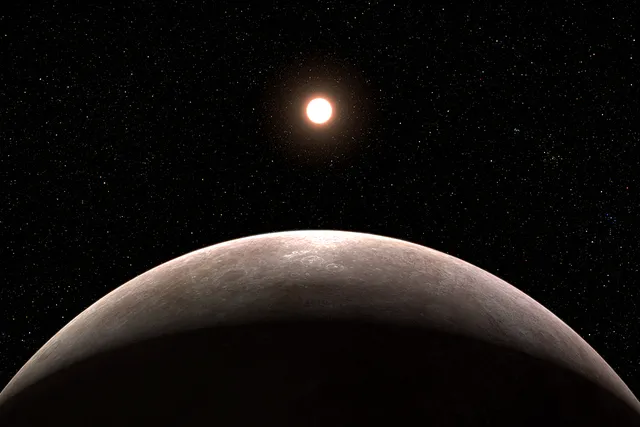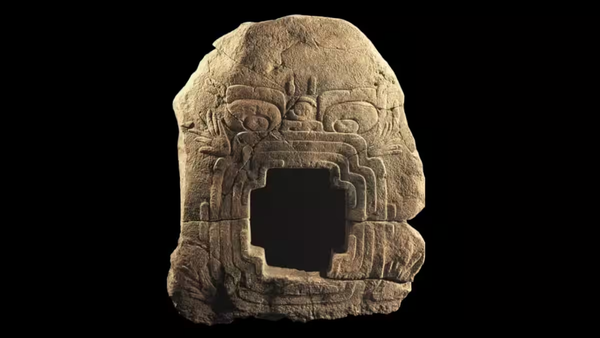NASA’s confirms its first exoplanet roughly the same size as Earth that orbits very close to a small dim star

LHS 475 b is a rocky exoplanet roughly the same size as Earth that orbits very close to a small, dim star. And for the first time, researchers are able to study the planet’s atmosphere.
The James Webb Space Telescope has discovered its first new exoplanet, an Earth-sized rocky planet called LHS 475 b. Located just 41 light-years away, the planet orbits very close to a small, dim star, completing a full orbit in just two days.
The discovery, presented at the American Astronomical Society (AAS) meeting on Wednesday, January 11th, is notable as most exoplanets discovered are typically large gas giants similar to Jupiter. It is harder for most telescopes to detect Earth-like planets because they are much smaller, at less than a tenth of the diameter.
Previous research with NASA’s Transiting Exoplanet Survey Satellite, another space-based telescope that was launched in 2018 specifically to search for exoplanets, had indicated that there could possibly be a planetary candidate in this system. JWST was able to confirm the planet’s presence from observations made in August and September 2022.
The fact that JWST was able to detect this planet indicates it will be able to identify more Earth-like planets in the future. And even more than that, it should be able to detect their atmospheres — something other telescopes cannot do with planets of this size.
Previous research with NASA’s Transiting Exoplanet Survey Satellite, another space-based telescope that was launched in 2018 specifically to search for exoplanets, had indicated that there could possibly be a planetary candidate in this system. JWST was able to confirm the planet’s presence from observations made in August and September 2022.
The fact that JWST was able to detect this planet indicates it will be able to identify more Earth-like planets in the future. And even more than that, it should be able to detect their atmospheres — something other telescopes cannot do with planets of this size.
Thanks for visiting Our Secret House. Create your free account by signing up or log in to continue reading.





